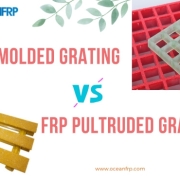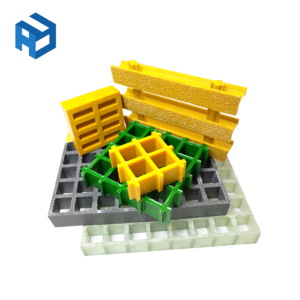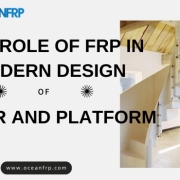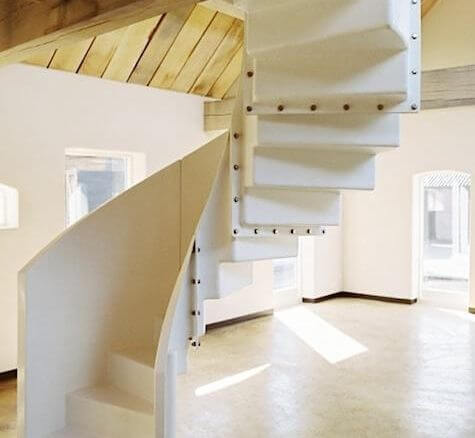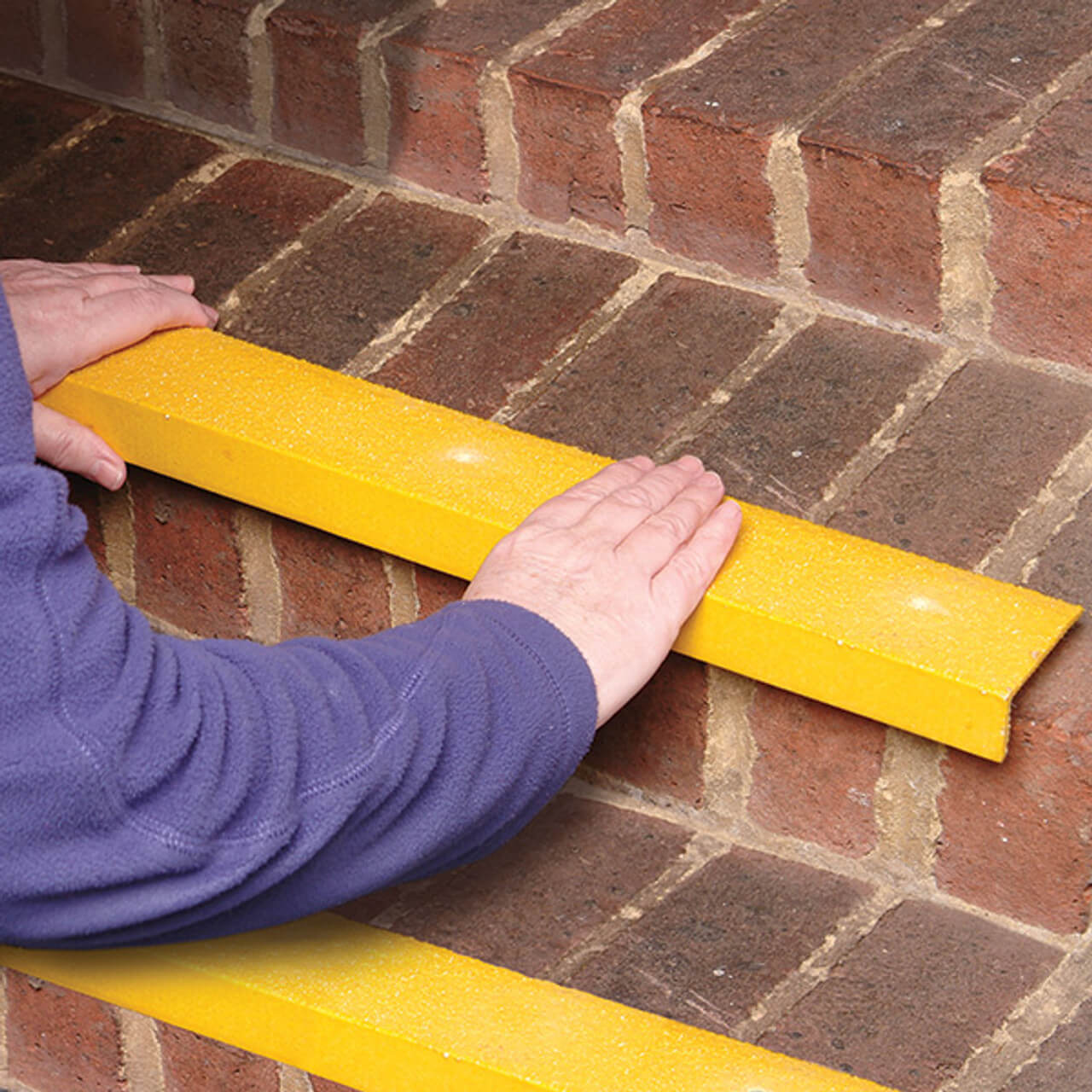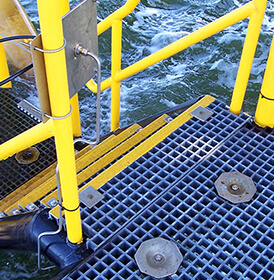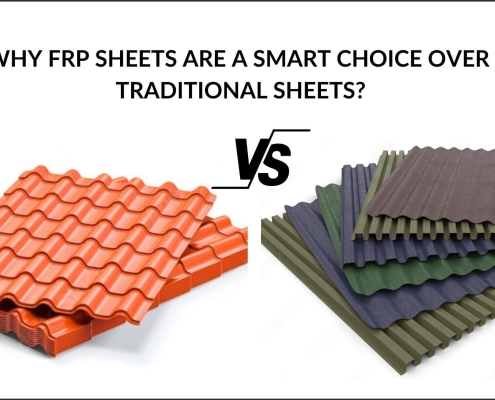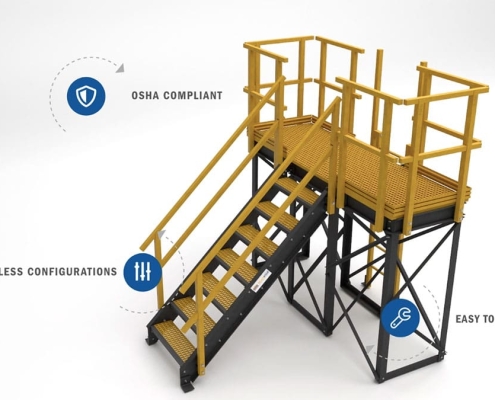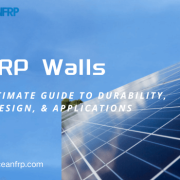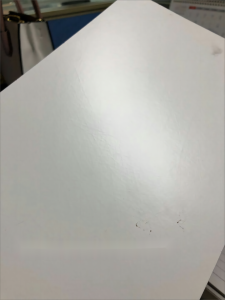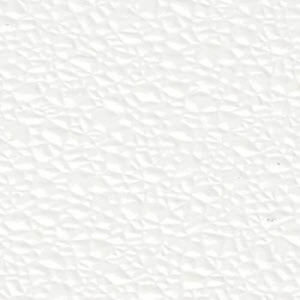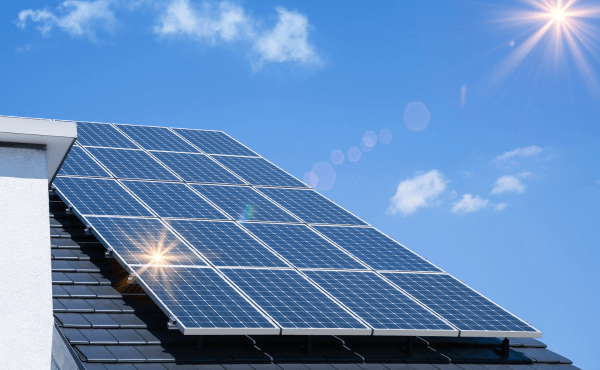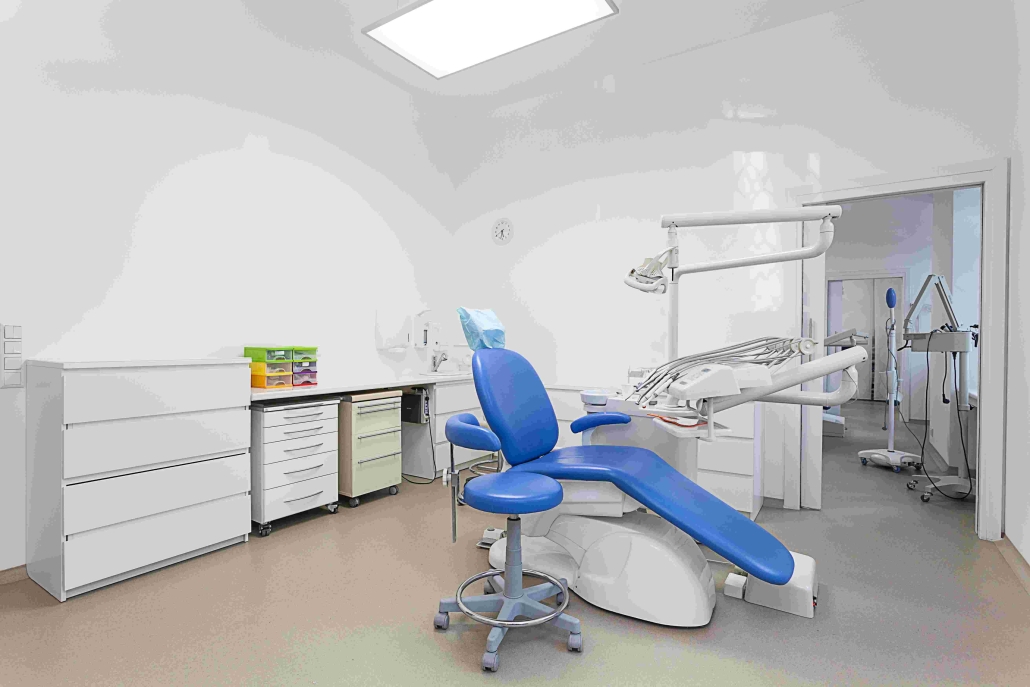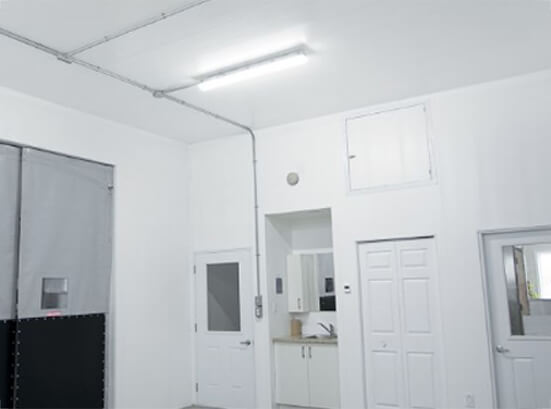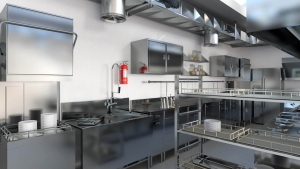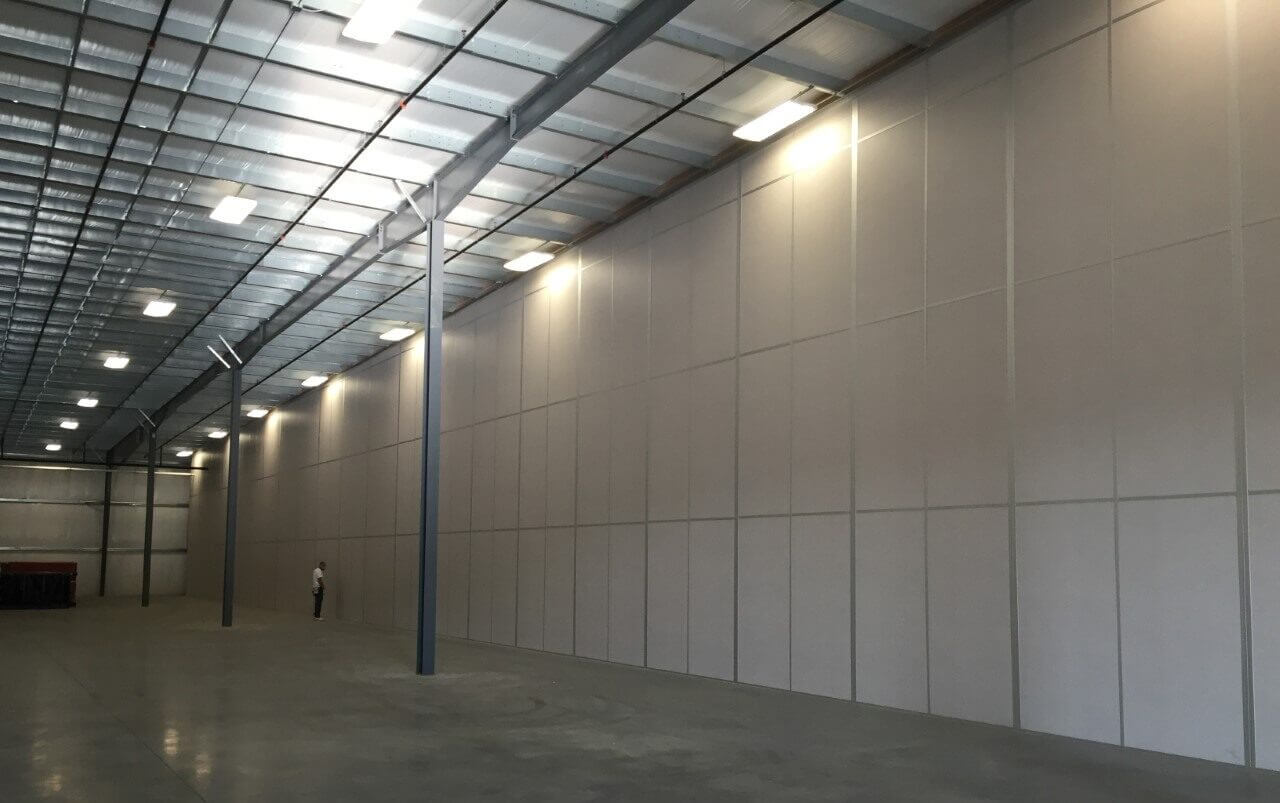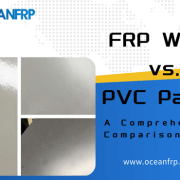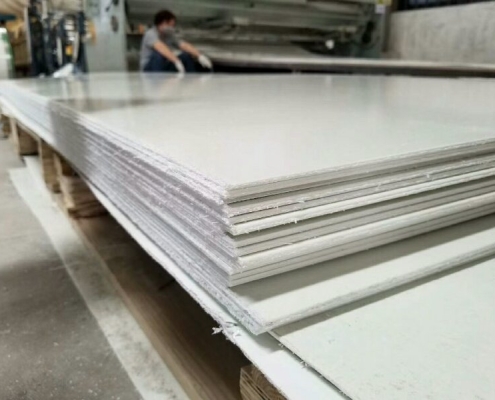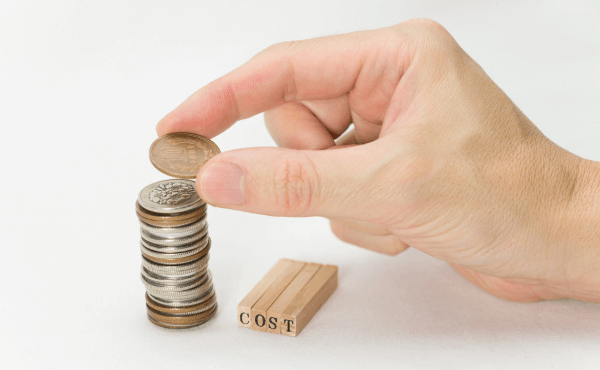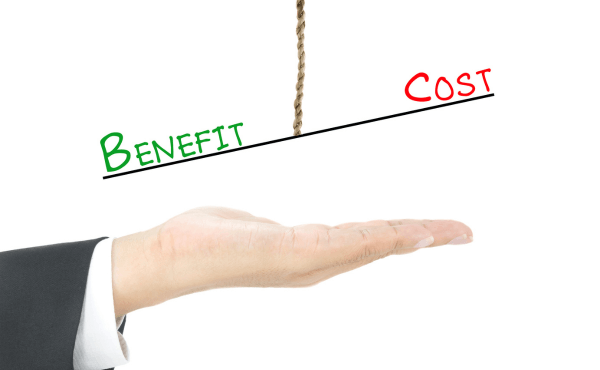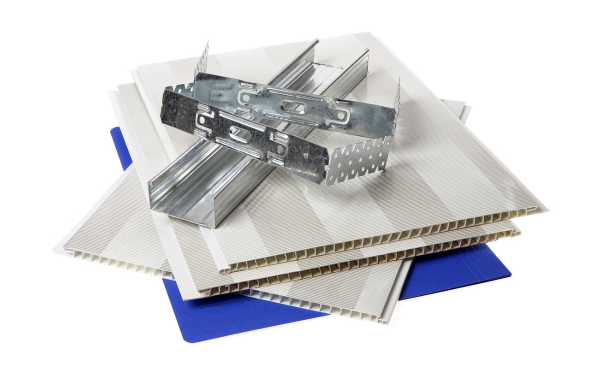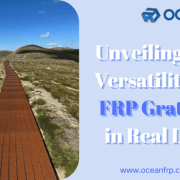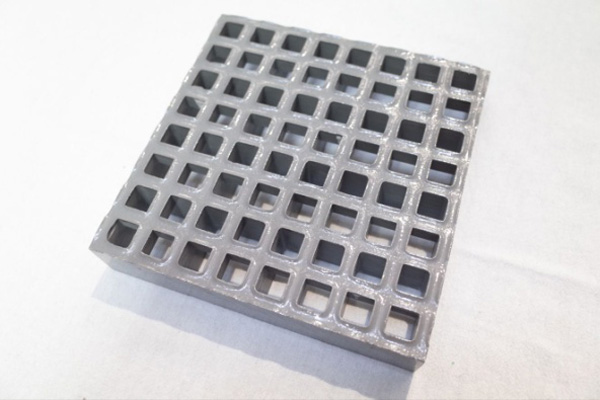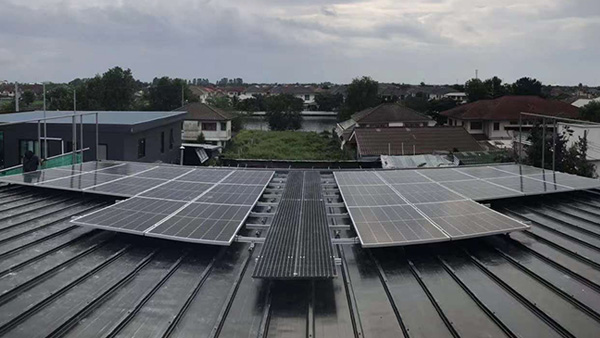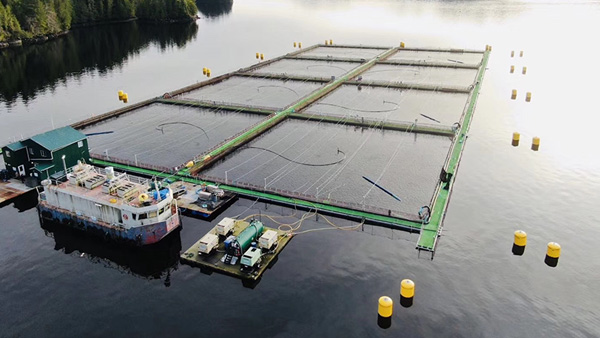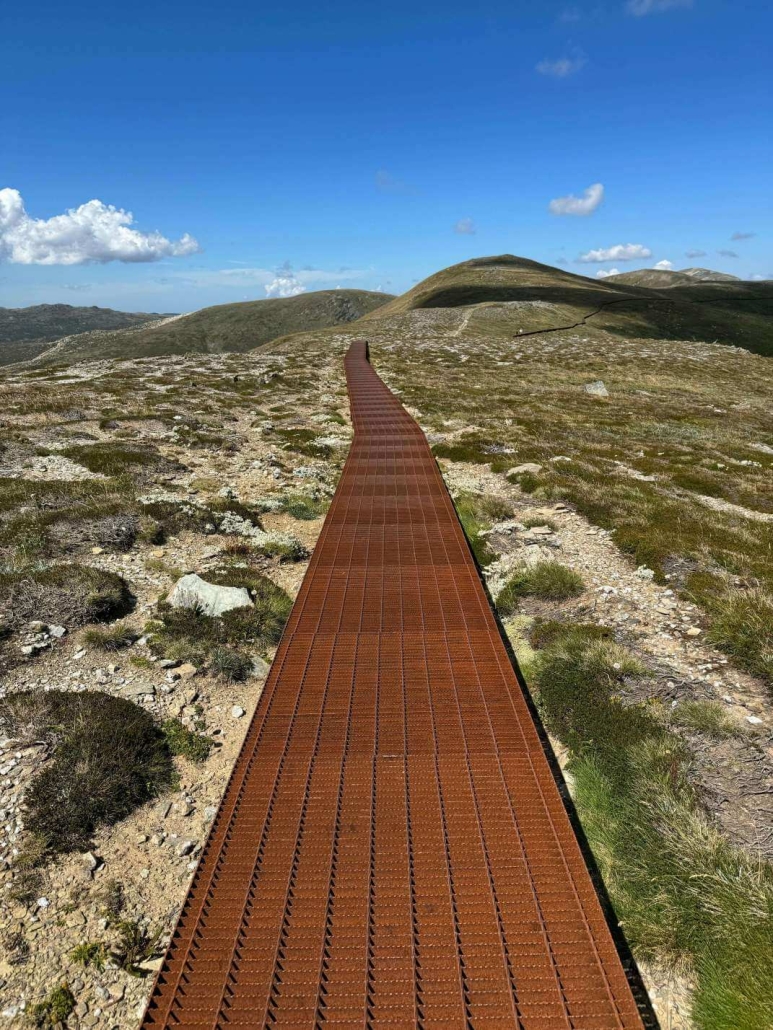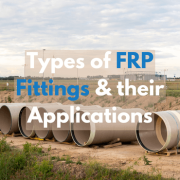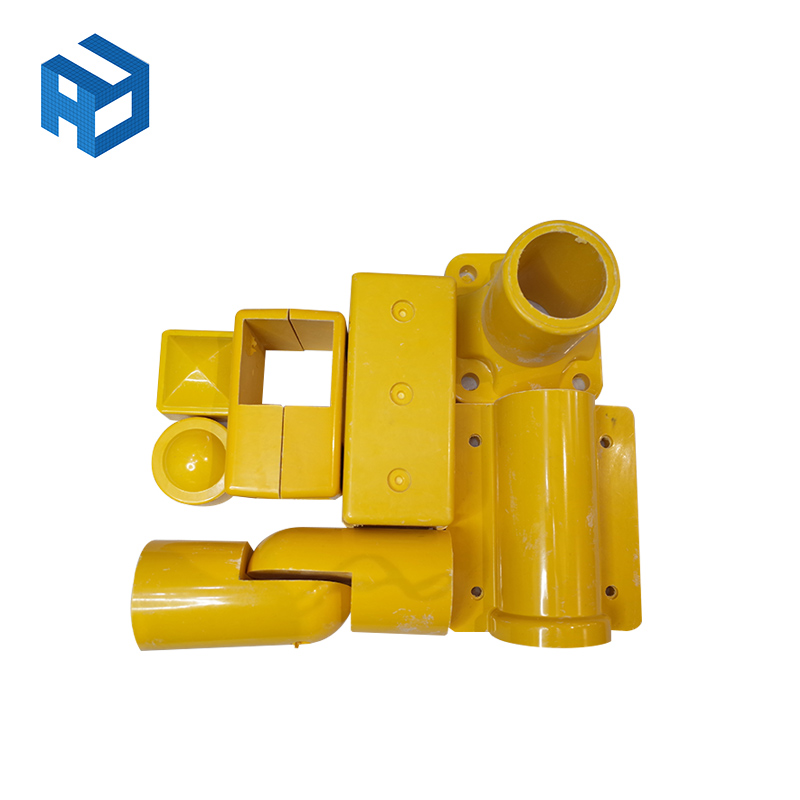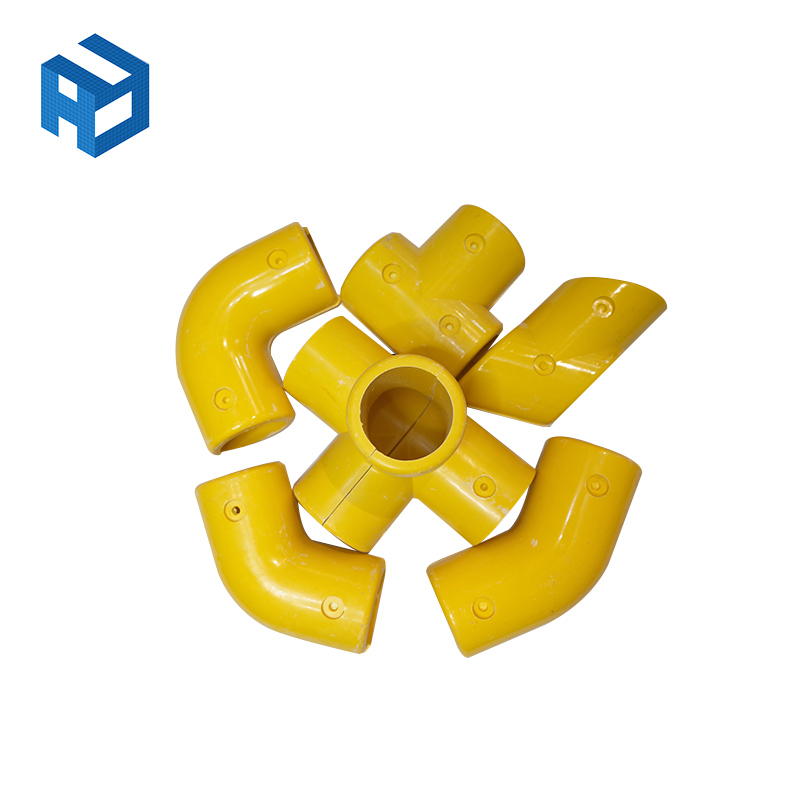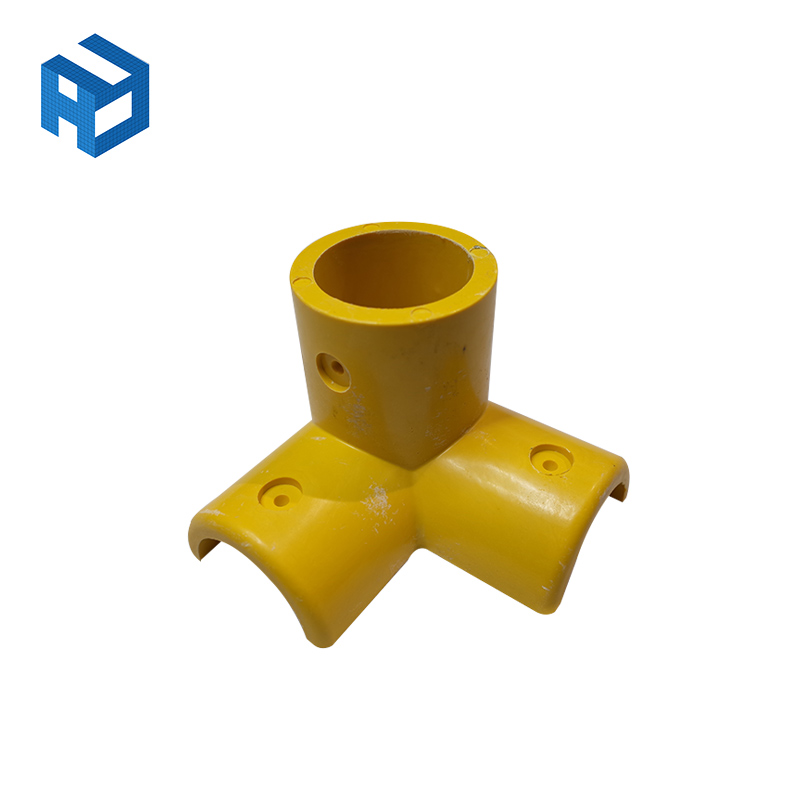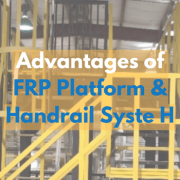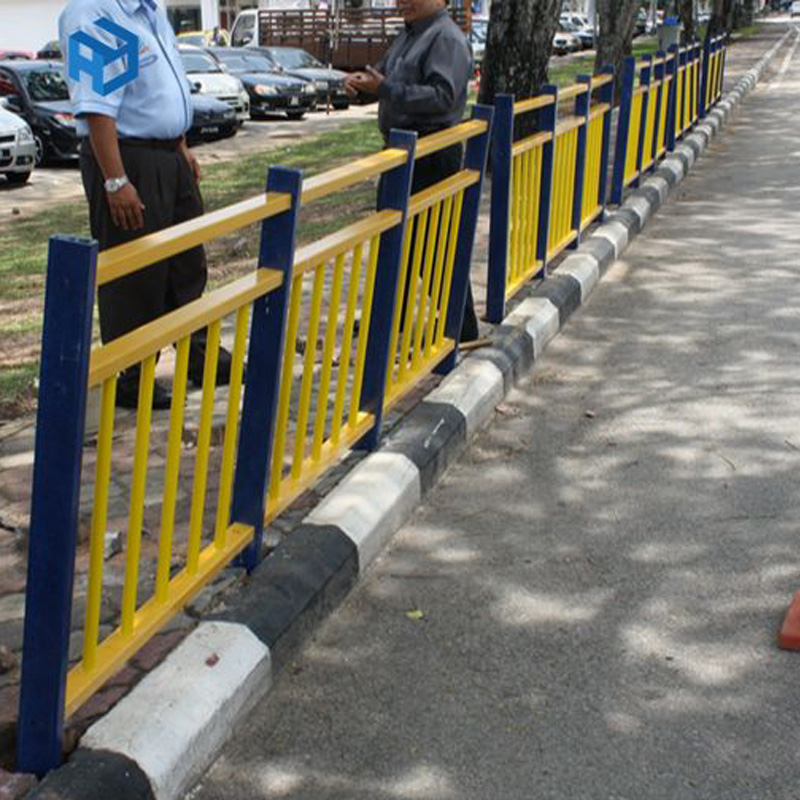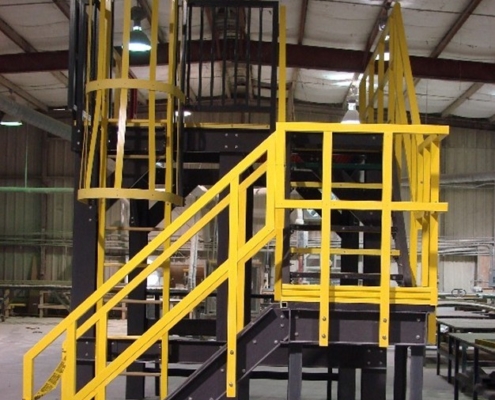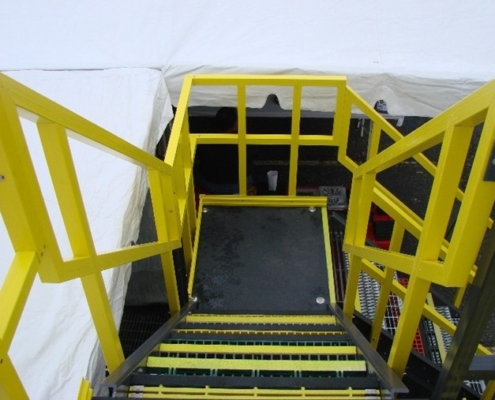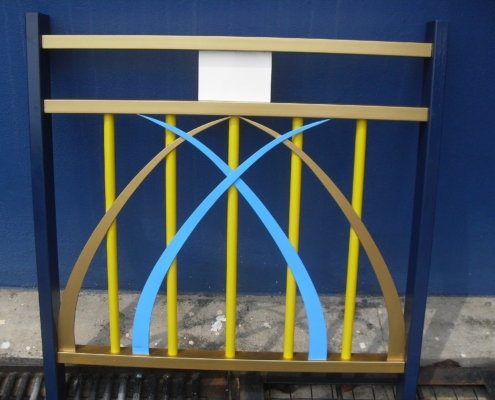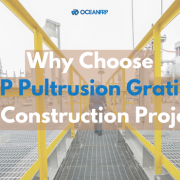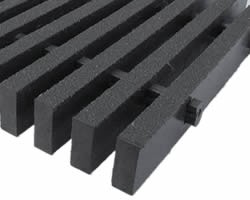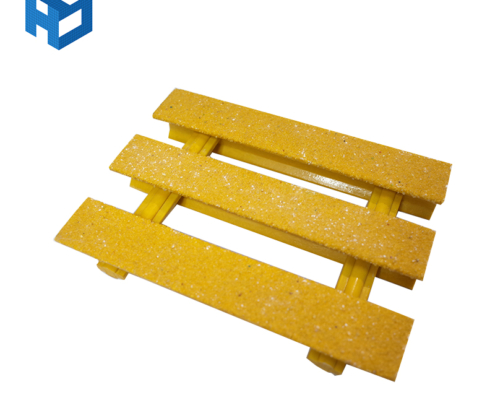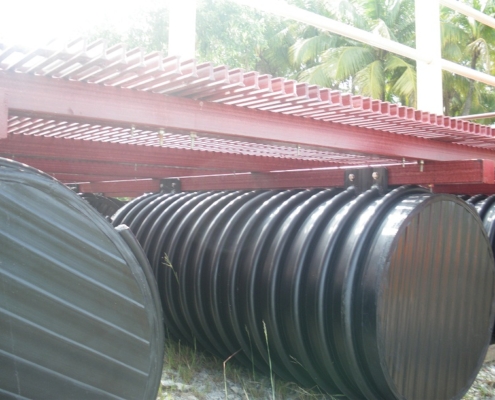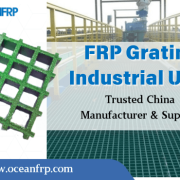FRP grating offers an impressive strength-to-weight ratio, making it an ideal choice for various industrial applications. Its lightweight nature, combined with its robustness,, allows for easy transport and installation while providing the necessary support for heavy loads. This balance of lightness and strength makes it beneficial in industries where weight savings are crucial.
From walkways to platforms, the versatility of FRP grating ensures it is a go-to material for many sectors. Its ability to withstand demanding environments where traditional materials may falter, further underscores its widespread industrial utility. Let’s continue reading to learn more about FRP grating and its industrial applications.
What Is FRP Grating?
Fiberglass Reinforced Plastic (FRP) grating is a composite material made by integrating resin with structural shapes and continuous glass fibers. This combination yields a product that can endure high loads and offer substantial load capacity, traits that are essential for the rigorous demands of industrial flooring.
FRP grating is crafted to carry significant weight, making it a reliable choice for infrastructure like power plants and oil and gas facilities.
Notably, FRP grating is designed with stair treads that improve safety by providing a better grip and preventing slips. The versatility in its manufacturing allows for the creation of grating that can be customized to meet the specific requirements of different industrial environments. As a result, FRP grating stands out as an adaptable and resilient option for industrial use.
The unique properties of FRP grating, such as its resistance to corrosive substances and its suitability for supporting high loads, make it indispensable in challenging conditions. Its reliability and performance are particularly appreciated in sectors like power generation and oil and gas, where durability and safety are paramount.
BUY FRP GRATING HERE

FRP Grating Benefits
FRP grating brings numerous advantages to industrial settings. Molded FRP gratings are manufactured with a construction that results in bidirectionally continuous fiberglass rovings, ensuring exceptional fire and slip resistance compared to metal grating.
The durability and longevity of FRP make it a reliable solution for demanding applications, offering a longer service life than traditional metal flooring materials. The following are the notable benefits of FRP grating:
Lightweight
The lightweight nature of FRP grating is one of its most significant benefits. These flooring materials are much easier to handle and install than heavier alternatives, reducing the time and labor costs associated with installation. The reduced weight also means lower shipping costs and the ability to install larger panel sizes with fewer workers.
Despite its lightness, FRP grating does not compromise on strength. It provides the necessary support for industrial operations, making it a preferred choice for businesses looking to improve efficiency and safety simultaneously.
High Carrying Capacities
FRP grating’s high carrying capacities are central to its industrial appeal. The material’s design allows it to support substantial weight across various applications. Its strength is derived from the composite structure of glass fibers and resin matrix, which work together to bear heavy loads without significant deflection or failure.
This load-bearing capability is essential for industrial sites that handle heavy machinery or experience frequent traffic. FRP grating ensures a stable and reliable surface that maintains its integrity over time, even under stressful conditions.
Corrosion Resistant
Corrosion resistance is another key feature of FRP grating that makes it suitable for harsh industrial environments. The material’s composition is inherently resistant to a wide range of chemicals, which allows it to perform well in places where metal grating would quickly degrade due to rust or corrosion.
This quality is particularly valuable in industries like chemical processing or marine applications, where exposure to harsh chemicals and salty air is common. FRP grating stands up to these challenging conditions, providing a durable solution that requires minimal maintenance.
Low Thermal Conductivity
One of the lesser-known but equally important advantages of FRP grating is its low thermal conductivity. This characteristic means that it does not conduct heat as readily as metal, making it a safer option in environments where temperature regulation is vital.
FRP’s lightweight properties also contribute to its insulating abilities. This results in a more comfortable working surface for employees and less risk of injury from hot surfaces, which is particularly beneficial in industries that operate at high temperatures.
No Electrical Conductivity
FRP gratings’ lack of electrical conductivity is a critical safety feature in environments with electrical hazards. The composite material provides a secure platform that prevents the transfer of electrical current, protecting workers from potential shocks or electrocution.
This property is especially important in sectors with a high risk of electrical exposure, such as utilities or transportation. By eliminating the risk of electrical conductivity, FRP grating ensures a safer working environment.
Resistant to UV Rays
Exposure to ultraviolet (UV) rays can lead to the deterioration of many materials, but FRP grating is designed to be resistant to these harmful rays. The resilience to UV radiation helps preserve the integrity and appearance of the grating over time, even when used outdoors.
Its UV resistance also means less maintenance and replacement costs, as the material will not weaken or degrade as quickly as other options might under the same conditions. This makes FRP grating a long-term, cost-effective solution for outdoor industrial applications.
Long-Lasting
FRP grating’s durability is one of its most valued characteristics for industrial use. The material’s resistance to corrosion, impact, and UV rays contributes to its long service life. It is designed to endure the rigors of heavy industrial use without succumbing to the wear and tear that often shortens the lifespan of traditional materials.
The longevity of FRP grating is not only beneficial from a financial standpoint—requiring fewer replacements over time—but also from an environmental perspective, as it reduces waste and the need for frequent manufacturing of replacement parts.
BUY FRP GRATING HERE
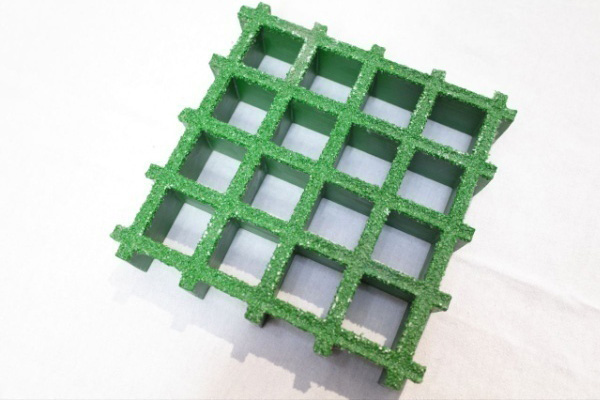
FRP Grating Industrial Uses
With its exceptional strength-to-weight ratio and resistance to harsh chemicals, molded gratings of FRP have found their place in a variety of applications. These include industrial flooring, where exposure to harsh elements is common.
The grating resin, panel sizes, and composite material are tailored to meet the demands of different settings, from offshore oil platforms to wastewater treatment facilities, ensuring safety against slips and falls. Phenolic grating and pultruded gratings offer bi-directional strength and can withstand chemical environments, available in custom colors for specific industrial needs. The following are the top 10 uses of FRP grating:
Floor Grating
Industrial facilities often face the challenge of maintaining safe and durable flooring under high-load conditions. FRP floor grating meets this need with a design that provides ample load capacity. It is engineered to support the weight of heavy equipment and frequent foot traffic, making it a steadfast option for floor grating.
Additionally, the non-slip surface of FRP grating is crucial in maintaining safety standards within industrial settings. Its ability to remain stable under high-load situations makes it a preferred choice for areas where reliable flooring is essential.
Deck Grating
In outdoor or marine environments, deck grating must be non-corrosive and non-conductive to ensure longevity and safety. FRP grating excels in these aspects, providing a durable surface for decks that can withstand the elements without deteriorating.
This type of grating is especially useful on ships, docks, and other areas exposed to moisture and saltwater. Its corrosion resistance helps maintain structural integrity, while its non-conductive properties ensure the safety of those on board.
Catwalk
Catwalks in industrial settings require a surface that combines corrosion resistance with a slip-resistant surface to ensure worker safety. FRP grating catwalks offer these qualities, making them ideal for areas that may be exposed to chemicals or slippery substances.
The material’s durability and maintenance-free nature also mean that catwalks made from FRP grating will stand the test of time, even in heavy-use scenarios, without the need for frequent repairs or replacements.
Trench Grating
Trench grating is often subjected to harsh environments and must remain corrosion-resistant to ensure longevity. FRP grating is the material of choice for such applications, as it can withstand corrosive substances that would quickly degrade other-materials.
Its robustness in the face of harsh industrial conditions makes FRP grating a reliable and cost-effective solution for trench covers, drainage systems, and similar applications where durability is paramount.
Walkway Grating
FRP grating is a premier choice for walkway grating in industrial settings. Its textured walking surface offers increased traction, reducing the risk of slips and falls for personnel. In addition, the inherent fire retardant properties of FRP materials ensure added safety in environments where the risk of fire is a concern. This makes FRP grating an essential component in creating safe industrial walkways.
These walkways are often exposed to harsh conditions, including heavy foot traffic and the presence of chemicals. The robust nature of FRP grating can withstand these elements without corroding or degrading, ensuring a long-lasting and reliable walking surface for industrial facilities.
ADA Compliant Grating
FRP grating is engineered to meet the stringent requirements of the Americans with Disabilities Act (ADA). Its design ensures a non-slip surface that is uniform and free of gaps, making it accessible for individuals using wheelchairs or other mobility aids.
The grating’s durability is particularly beneficial in harsh environments, where traditional materials may fail or require frequent maintenance.
Moreover, the grating’s composition allows it to withstand extreme temperatures, impacts, and chemical exposure, which are common in industrial areas. This durability ensures that ADA-compliant walkways remain safe and accessible for all employees, regardless of the environmental challenges present.
Platform Grating
Platform grating made from FRP materials is a smart choice for industrial applications due to its slip-resistant qualities. These platforms often serve as critical work areas, where safety and stability are paramount. The slip-resistant texture of FRP grating minimizes accidents, providing a secure footing for workers even when surfaces are wet or oily.
Aside from safety, this grating type is also favored for its ease of installation and maintenance. Being lightweight, FRP platform grating can be installed with minimal structural support, reducing the overall cost of construction and long-term upkeep for industrial facilities.
Dock Grating
FRP dock grating is specifically designed to endure the demanding conditions of marine environments. It resists the corrosive effects of saltwater and moisture, ensuring a durable and stable surface for docks and piers. The grating’s open design allows water to pass through, reducing the risk of pooling and the potential for slip hazards on the dock’s surface.
Moreover, its non-conductive nature makes FRP dock grating a safe choice in areas where electrical hazards are a concern. With its combination of durability, safety features, and resistance to marine elements, FRP grating is an optimal solution for dock construction and renovation projects.
Drain Grates
Industrial facilities often require specialized solutions for managing water runoff, and FRP grating serves as an excellent material for drain grates. Its corrosion-resistant nature ensures that it can handle exposure to a variety of chemicals and waste products without deteriorating, making it ideal for use in areas where metal grates would corrode over time.
FRP grating’s high strength-to-weight ratio also means that these drain grates can support heavy loads, which is critical in industrial settings where equipment and vehicles are in constant operation. The longevity and performance of corrosion-resistant FRP grates make them a cost-effective and reliable choice for drainage solutions.
Offshore Platform Grating
Offshore platforms demand materials that can withstand the brutal conditions of the marine environment. Molded fiberglass grating is a prevalent choice due to its exceptional corrosion resistance. This type of grating is impervious to the corrosive effects of saltwater, making it an ideal alternative to steel for offshore applications. Its durability is further enhanced by its resistance to UV rays and harsh weather conditions.
Pultruded fiberglass gratings provide additional benefits such as high strength and chemical resistance, which are crucial in the offshore oil and gas industry, as well as the food and beverage sector.
These fiberglass gratings maintain their integrity even when exposed to the aggressive chemicals and rigorous cleaning protocols common in these industries, ensuring a safer and more durable platform solution.
BUY FRP GRATING HERE
Wrap-Up!
Fiber reinforcements in FRP grating have proven to be a game-changer in industrial applications, offering resilience and UV resistance that outperform traditional metals in harsh environments.
From the floors of treatment plants to the challenging conditions of offshore platforms, the electrically non-conductive nature of FRP grating ensures hazard control, protecting workers and equipment from electrical risks. The strategic resin selection guide ensures that each installation addresses the specific needs of the environment it serves.

